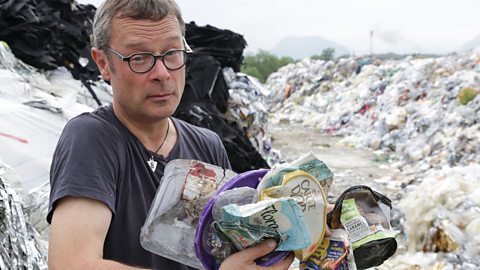We know we have to think about our behaviour to help fight climate change - but what about our pets?
From cycling to work to reducing single-use plastic, there are plenty of things humans can do to help the environment. However, it's easy to forget about our animal companions.
Here are some ideas to help you reduce your furry friends' carbon pawprint.
Always read the label
Pet shampoos, conditioners, sprays and repellents may contain chemicals which can damage the environment if not used responsibly.
Some dog flea treatments contain permethrin, an insecticide which is highly toxic to aquatic life if lots of it gets into the water. As it is an insecticide, it can also kill bees and other insects that are beneficial to the environment - so watch out where you're spraying and dispose of packaging properly.
The RSPCA advises only treating your pet for fleas if it has been recommended for them, and remember that products suitable for one species may not be suitable for another - permethrin is also very poisonous to cats.
Most pet litters are made of compounded sawdust or wood-based materials. Environmental scientist and broadcaster Angela Terry shares a tip to make sure your pet litter is green: тItтs always worth checking where the source of origin of litter is, and whether that source is FSC-certified.т
The FSC (Forest Stewardship Council) тtick-treeт logo ensures that products are made with well-sourced or recycled wood-based materials and protect the worldтs forests.
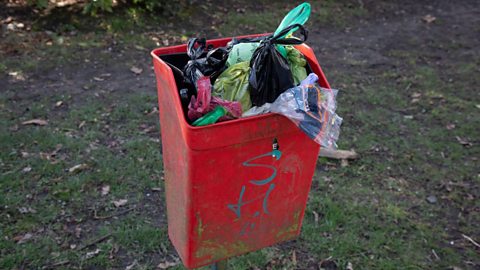
Stick and flick
Angela also recommends the Forestry Commission's тstick and flickт method when it comes to picking up poo - basically using a stick to flick poo out of the way, so others don't step on it.
Animal poo is organic material and will break down in undergrowth, and it can be very nutritional for soil. However, if the stick and flick is not possible, it is important to consider where your pet poos.
тTry not to poo right by a stream so that it can get more absorbed into the land rather than run straight into the river,т says Angela.
Animal poo contains bacteria which, if it gets into rivers and streams, can severely damage aquatic ecosystems and potentially cause harm to other animals and even humans.
Livestock poo is the biggest contributor of harmful runoff in water systems; however E-coli, parasites and worms can also be found in cat and dog poo. Therefore some public parks and beaches might ban pets, especially in the summer, to decrease the risk of water pollution.
If you do need to pick the poo up, as a lot of places will ask you to, make sure you use biodegradable bags to reduce plastic waste - and put them in the right bin.

Want a pet? Adopt a pet!
There are already so many pets that need a home so, if you want another one, you could consider adopting instead of letting your pet have babies.
You can foster or adopt lots of different animals from shelters and also check locally if a family needs to rehome a pet.
The RSPCA promotes responsible pet ownership and encourages all owners to consider having their pets neutered to avoid any unwanted or unplanned litters as this decreases the strain on pet shelters. Neutering can help to keep pets healthy as it prevents the risk of some health problems such as cancers and infections, and managing some diseases.
BVA (British Veterinary Association) President, Daniella Dos Santos confirms this: тWe strongly support the practice of neutering cats, dogs, rabbits and other pets for preventing the birth of unwanted young, which in turn contributes to a reduction of stray animals, animals needing rehoming, as well as reducing the inheritance of genetic defects. There are many health and welfare benefits associated with neutering."
But neutering is not a trivial procedure and should only be performed following discussion with a vet.
If you are buying, be very careful about that you are buying from a trusted breeder and not an illegal puppy farm, where pups are often reared in very poor conditions.
Reduce meat from diets
A large amount of pet emissions come from eating wet food that contains a lot of meat. Meat is an essential part of some animalsт diets, but most pet food can be subsidised with vegetables and seeds. However, the RSPCA warns that cats cannot be vegetarian and need a balanced meat-based diet. Unlike dogs and other omnivores, cats are obligate carnivores, which means they must eat meat as they do not make an amino acid called taurine without it.
More research is going into insect-based pet food which produces very few carbon emissions; however, at the moment it is more expensive than other pet foods and some brands have the insects imported into the country.
You can also reduce plastic waste by buying food in recyclable tins or packaging. It is important to remember all pets are individuals, and what diet might be fine for your friendтs pet might not be fine for yours. Make sure to do your research and consult your vet to find out what works best.
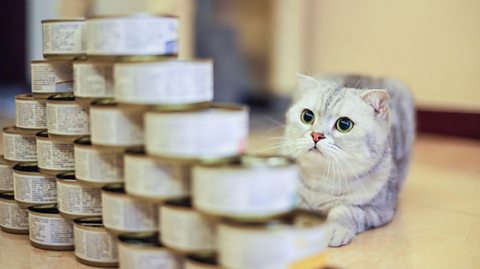
If possible, donтt drive to walk
тCars are the biggest source of greenhouse gasses in the UK, and most car journeys are under three miles,т says Angela.
It can be very tempting to drive to a beautiful park to have a proper game of fetch, but there might be other suitable places to go within walking distance.
тIf itтs about the social aspect, consider carpooling with other people to go to a park together.т
Walking can become part of the exercise, or even taking public transport where pets are allowed can make a big difference.
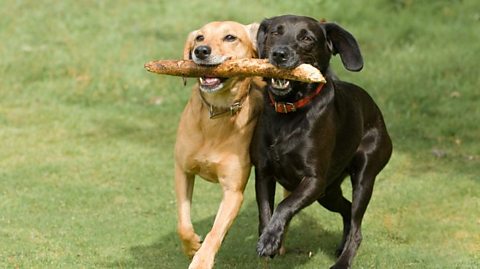
Arrange a toy swap
People are becoming more conscious about the impact of single-use plastic on the environment, but something we might forget about is pet toys.
There are many plant-fibre and bamboo pet toys out there already, but safe scratching posts and toys can be also be made with a few supplies and a bit of time - why not make a pull rope yourself?
And like with kidsт toys, you can also arrange swaps with your friends if your pet isnтt interested, instead of throwing the toy away.

How much do you really know about climate change?
We are always hearing about it in the news, but have you been paying attention?
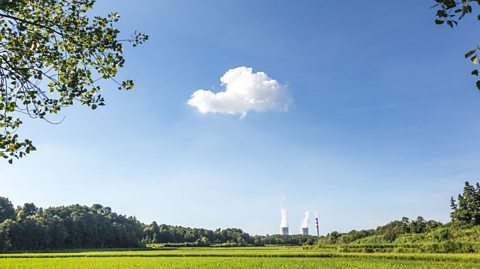
Five British animals you didn't know are endangered
Have you seen one of these animals in the wild before?
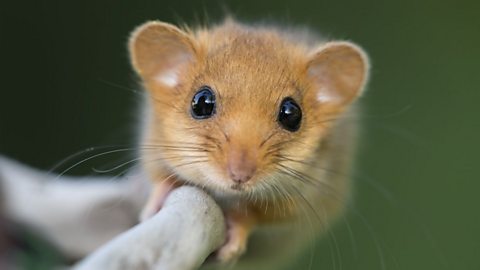
Five amazing things we learnt from War On Plastic's first episode
Hugh Fearnley-Whittingstall and Anita Rani show us what we can do to fight the war on plastic.
